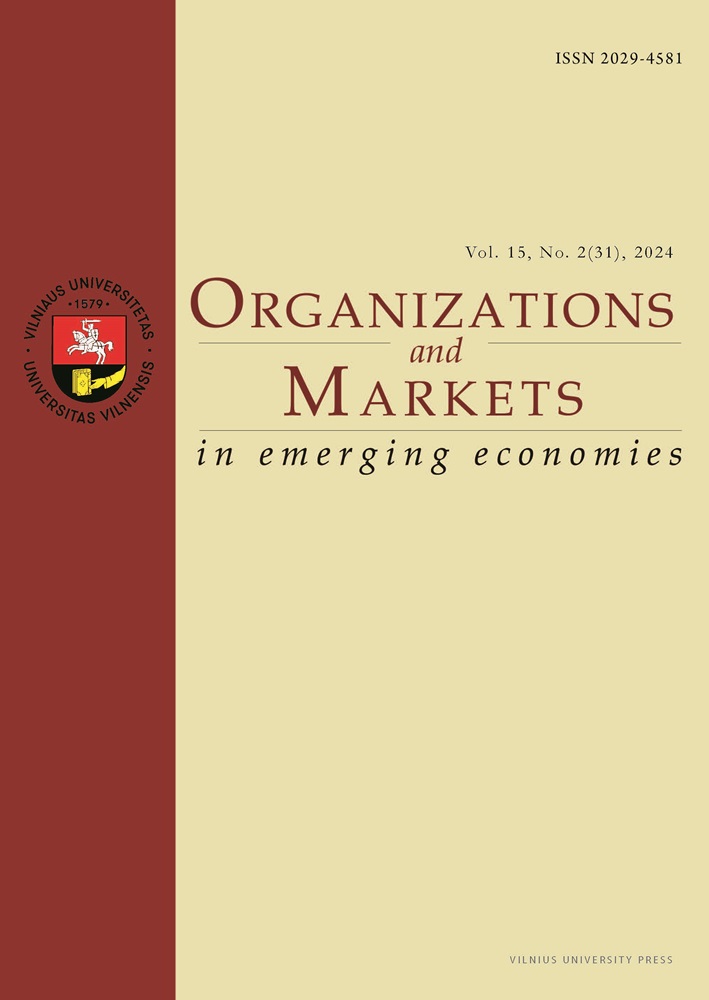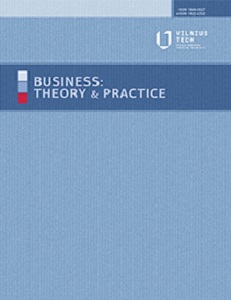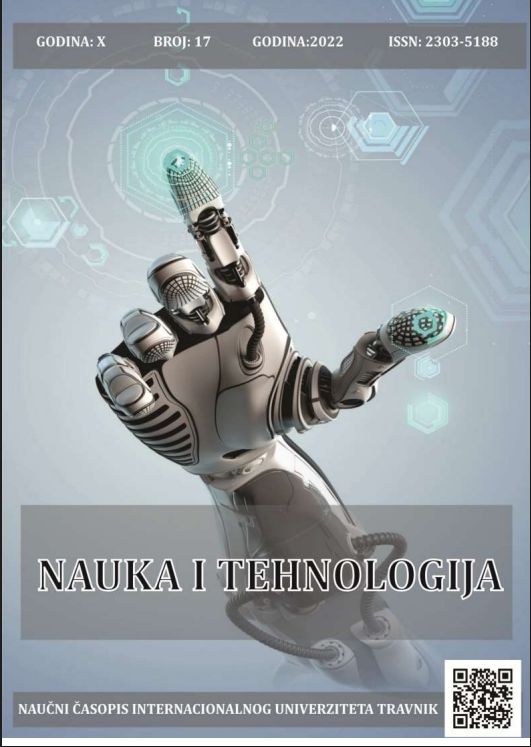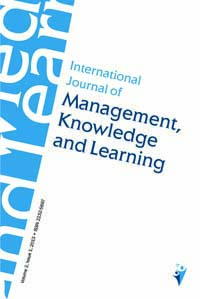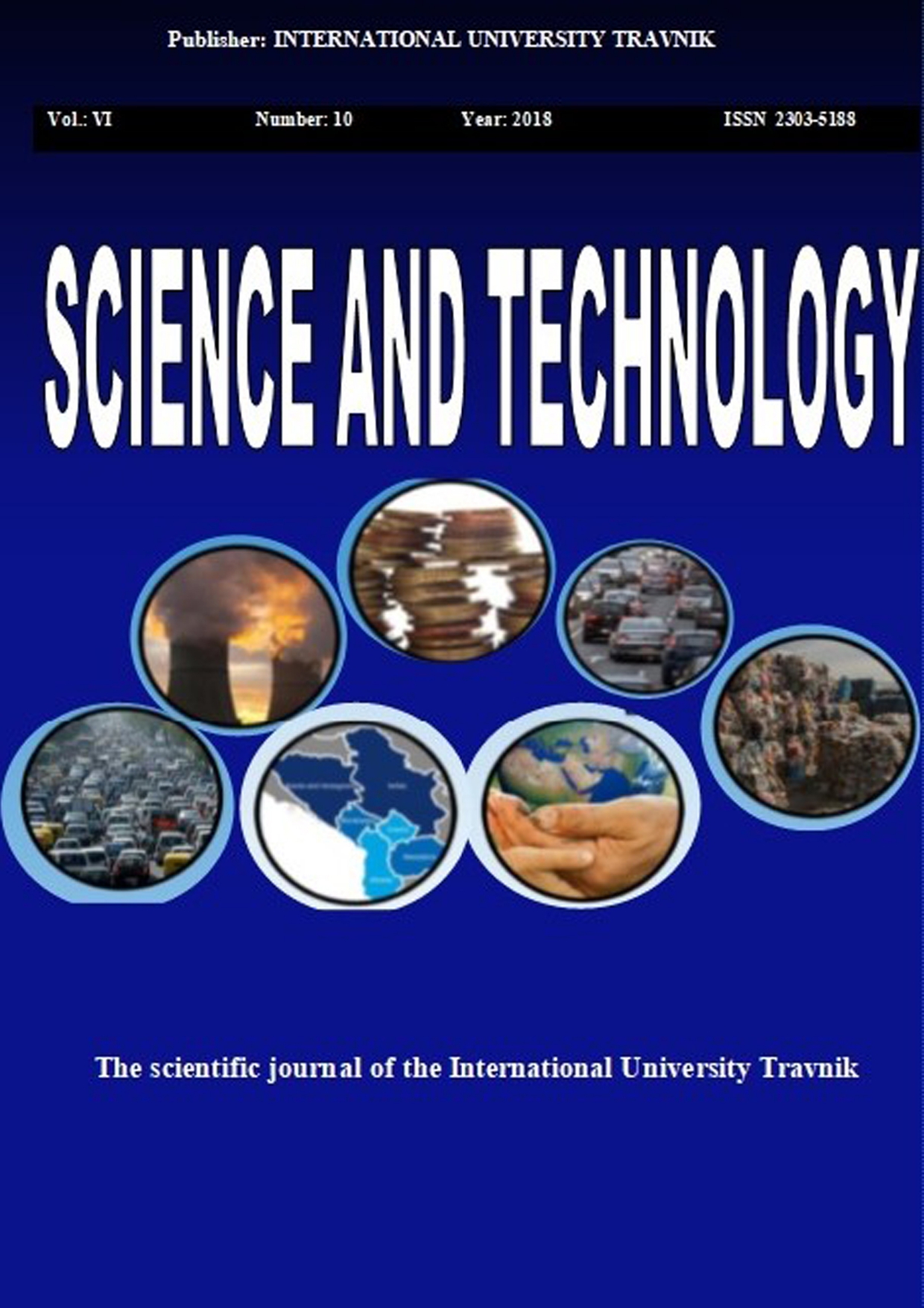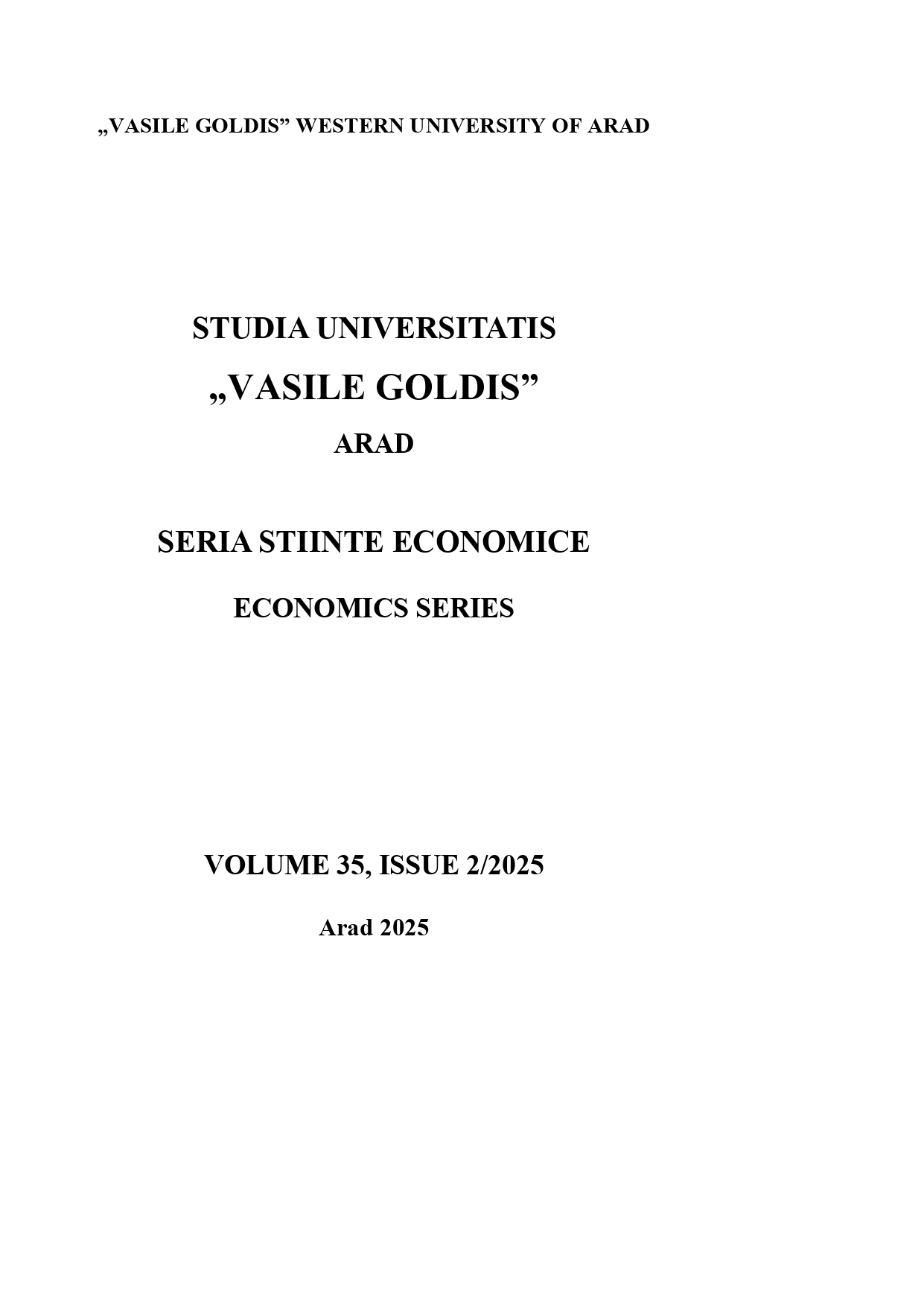
RANKING THE FINANCIAL INEFFICIENCY FACTORS OF COMPANIES WITH THE COMBINED APPROACH OF DATA ENVELOPMENT ANALYSIS AND NEURAL NETWORK
The purpose of this article is to identify and rank the factors of financial inefficiency of companies. For this, a combined approach and two techniques of Data Envelopment Analysis (DEA) and Artificial Neural Network (ANN) are used. The work is done in two stages. In the first stage, we use the data envelopment analysis model and evaluate the efficiency of the companies. In the second stage, the efficiency score obtained for the companies is used and neural network methods are used to determine the factors of financial inefficiency in the companies admitted to the stock exchange. The results of the research show that the proposed approach identifies and prioritizes the factors of financial inefficiency of companies listed on the Tehran Stock Exchange.
More...

